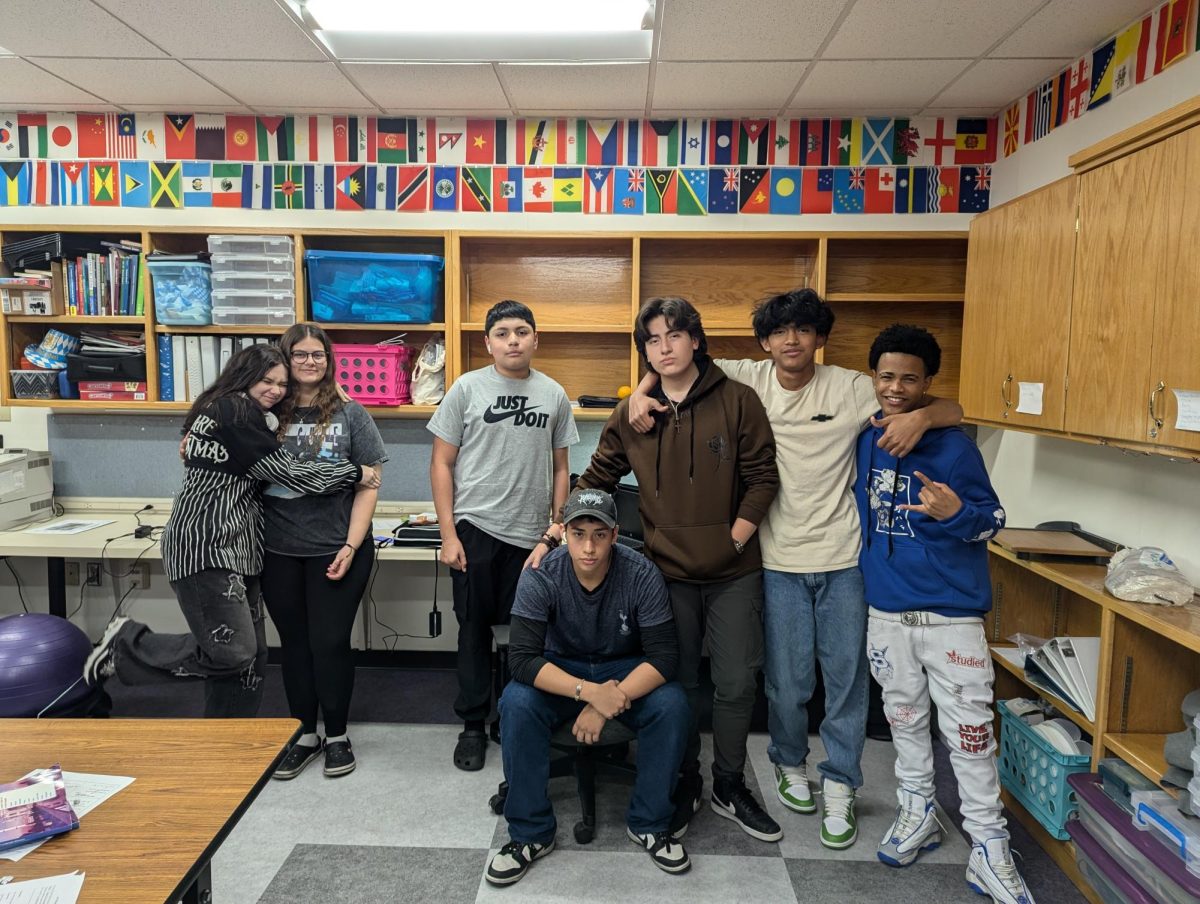Have you ever wondered what life is like for new students at our school who are adjusting to an entirely new language and culture?
Our school has a growing number of students who learn English as an additional language (ELL students). One of the unique qualities that ELL students bring to our school is the diversity of their cultural backgrounds and perspectives. These students come from all over the world, each with their customs, traditions, and experiences that make our school community diverse. By sharing their culture with their peers and teachers, they help expand cultural understanding and acceptance for everyone in the school.
They also face unique challenges in adjusting to their new environment. Understanding and supporting their adjustment process and discussing the need for special English classes for ELL students is crucial.
These students range in English proficiency. One ELL student noted that their English was virtually nonexistent when they arrived a year ago, but they have made progress since then, now speaking at a 2.4 level. At this level, a person can already recognize the essence of a sentence, explain their thoughts in words that are appropriate to the context, and be able to add prefixes to words to form new ones (happy-unhappy). There are five levels in total, where level 5.0 is language knowledge at the level of a native speaker, and 1.0 is basic phrases like “hello,” “goodbye.” While progress has been made, it could have arguably been made much faster and more comfortably if ELL students had a separate class to study in. These students do not have enough time to study English in addition to everything else, and ultimately, they try to combine this with constant language learning on their own.
Luckily, our school has a dedicated ELL teacher, Tammy Messinger, who works hard to provide support and resources to these students, helping them overcome their obstacles.
“They are faced with learning a new language, learning high school content in a language that isn’t their native language, adjusting to a new school, acclimating to a new culture, possibly encountering prejudice, and sometimes dealing with emotional issues that come from being an immigrant, a refugee or an asylum-seeker, depending on their situation,” Messinger says.
In recent years, our school has seen a significant increase in new ELL students, with Messinger reporting that their caseload has doubled in the last four years. Despite her best efforts, she has been unable to secure approval for an elective English course for students whose first language is not English, similar to the world language courses offered. The current approach to ELL instruction is to provide additional assistance from our Learning Strategist, however, this is not as effective due to the number of students, which currently sits at 42 students. This year, we have also begun receiving assistance from Fatushe Haklaj. Still, with that being said, two teachers are unlikely to fully and equally support all students while also helping them with both language and their standard curriculum. While our school has made efforts to provide support and resources for these students, there is still room for improvement in meeting their unique needs. An English language class for ELLs that is similar to a world language class has the potential to help these ELL students improve their language skills and achieve success in school quickly. We must continue to strive to create a welcoming and inclusive environment for all students, including those whose first language is not English.









